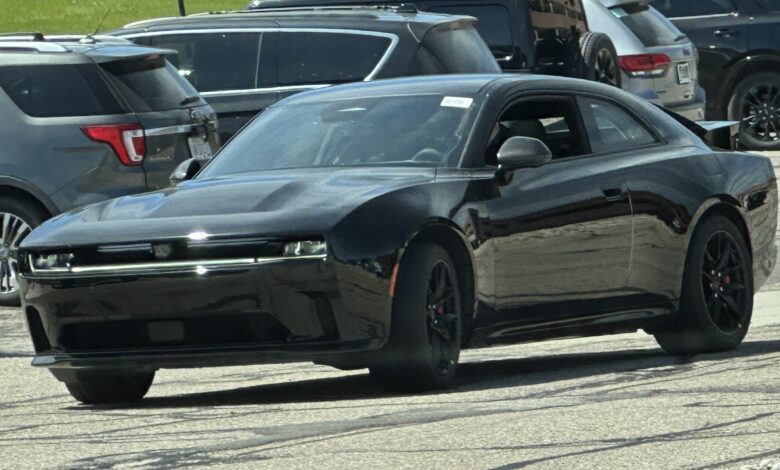
In the ever-evolving automotive industry landscape, few brands carry the weight of heritage and expectation like Dodge. Yet, recent years have seen the once-mighty brand face challenges that have led to declining sales and a sense of uncertainty among enthusiasts and industry observers alike. However, amidst the turmoil, there lies a glimmer of hope and potential for Dodge to reclaim its position as a formidable force in the global market.
The decline in Dodge’s sales trajectory can be traced back to pivotal decisions, such as discontinuing popular models like the Dodge Journey and Grand Caravan. The elimination of these mainstream products, which constituted a significant portion of Dodge’s sales in 2020, left a void that has yet to be adequately filled. Compounding the issue, the decision to discontinue the iconic Challenger in favor of a Charger two-door variant and the departure of the beloved HEMI® V8 engine stirred discontent among loyalists.
The Charger Daytona and Global Market Potential –
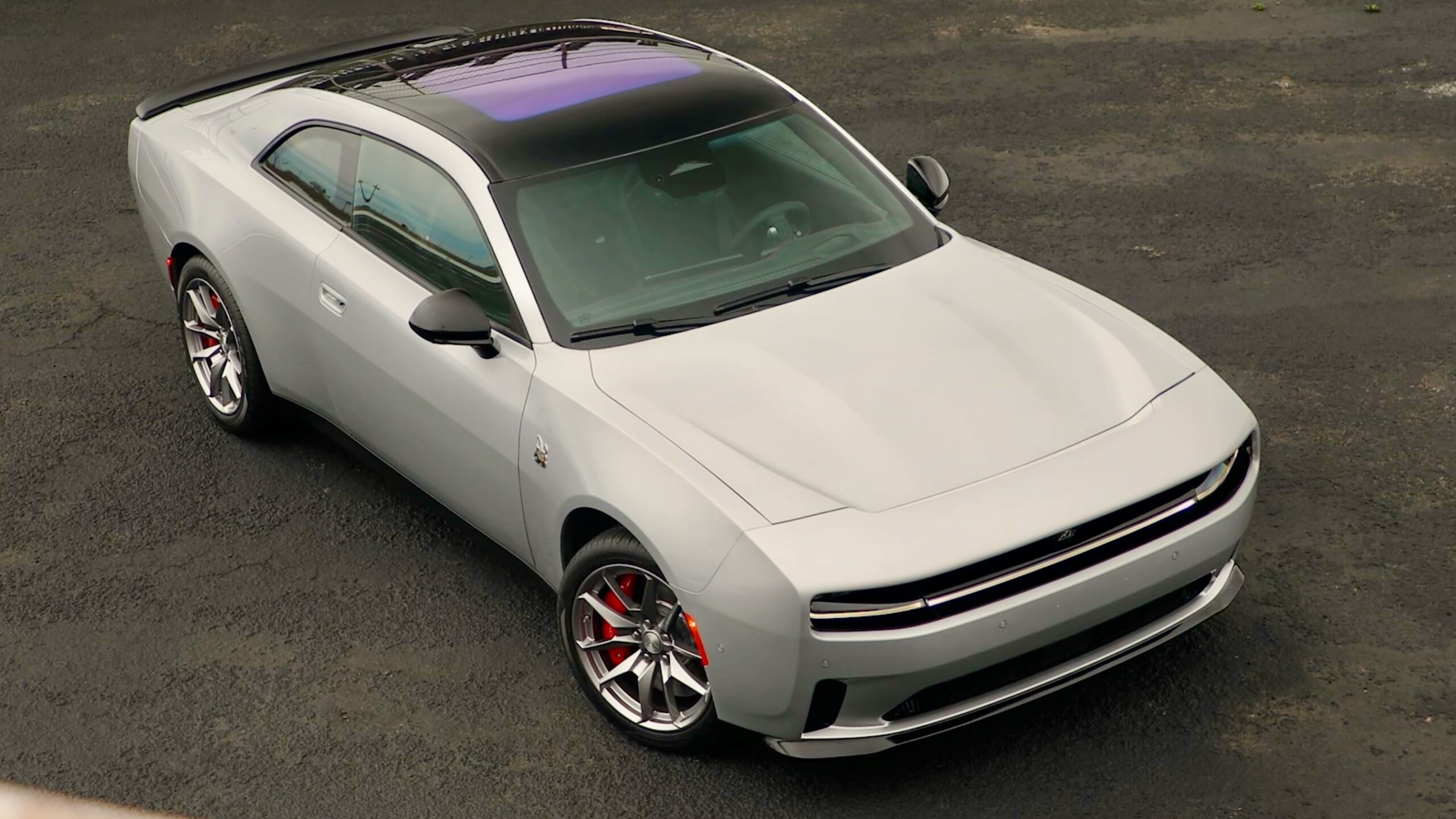
However, amidst the backlash, there are signs of a potential resurgence for Dodge. The forthcoming launch of the 2024 Dodge Charger Daytona two-door presents an opportunity to tap into a broader global market with its all-electric muscle car proposition. As emissions regulations tighten in Europe, an electrified Charger could pave the way for Dodge to expand its appeal beyond traditional markets. By sponsoring events like the WorldSBK Championship in Europe, Dodge has already begun to lay the groundwork for increased visibility and relevance in international markets.
The New HURRICANE I6 Engines: A Promising Powertrain –
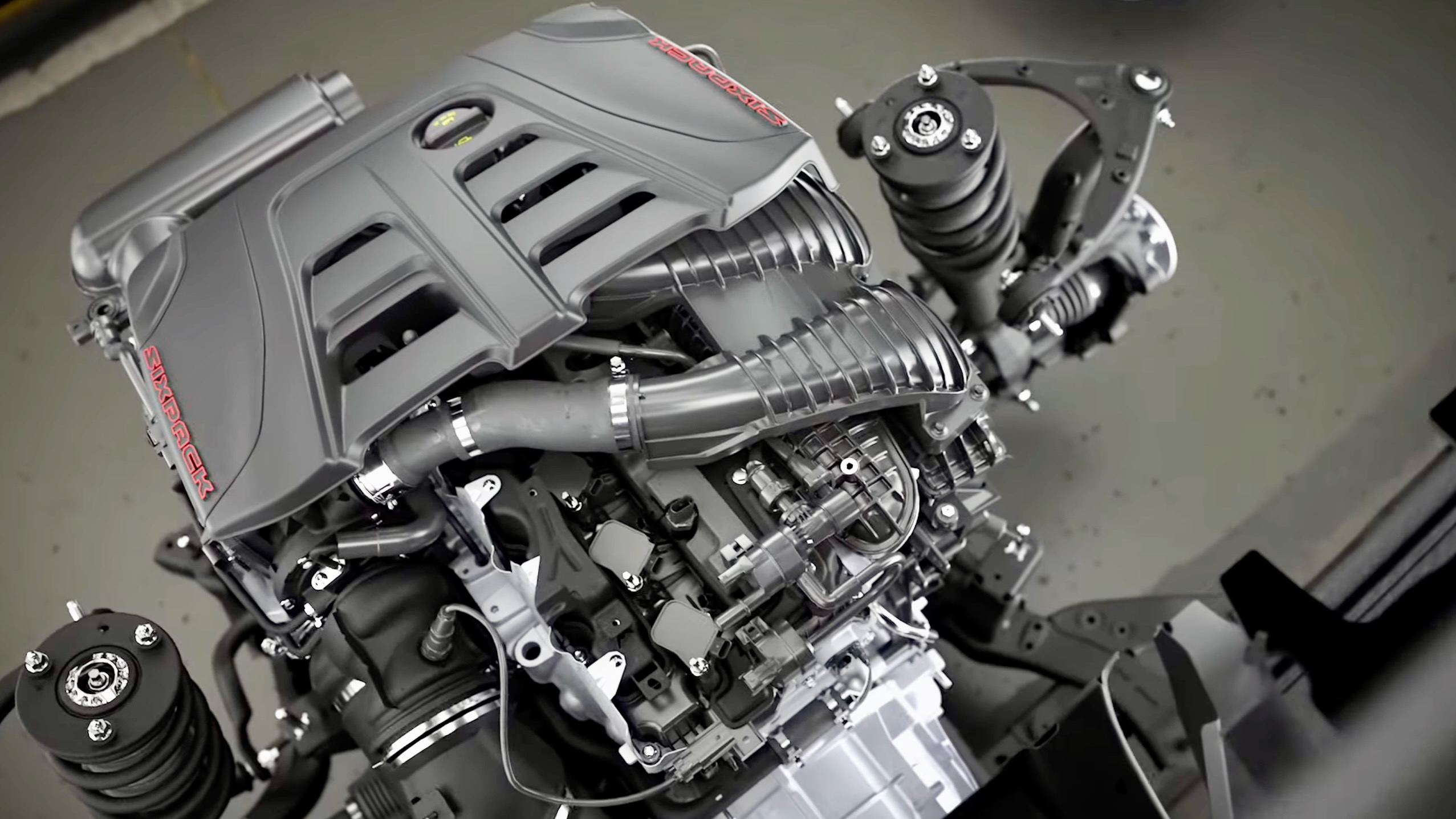
The twin-turbocharged HURRICANE I6 engine family marks a departure from the iconic HEMI rumble but offers up to 550 horsepower, reviving Dodge’s competitive edge against rivals like the Ford Mustang Dark Horse. Yet, Dodge must ensure flexibility in its lineup. Offering both standard-output (S/O) and high-output (H/O) models in both two-door and four-door configurations of the SIX PACK lineup, along with rear-wheel drive (RWD) and all-wheel drive (AWD) options, allows customers to tailor their vehicles to their preferences and budgets. This adaptability has been a hallmark of the outgoing Charger and Challenger lineup’s success and will be crucial as Dodge charts its course into the future.
Dodge’s future outlook gains traction with intriguing hints from a recent Ram RHO advertisement and insights from Mickey Bly, Stellantis Senior Vice President and Head of Global Propulsion Systems. The deliberate omission of a horsepower figure in the RHO ad sparks speculation about a new variant of the HURRICANE engine powering a future TRX model. Bly’s comments on the untapped power potential of the HURRICANE engine add weight to the possibility of expanded performance offerings from Dodge, potentially rivaling its legendary HELLCAT-powered lineup. These clues suggest that Dodge’s evolution may allow for high-performance options with both electrified and internal combustion engines, catering to all Dodge enthusiasts worldwide.
Addressing the Hornet’s Struggles –
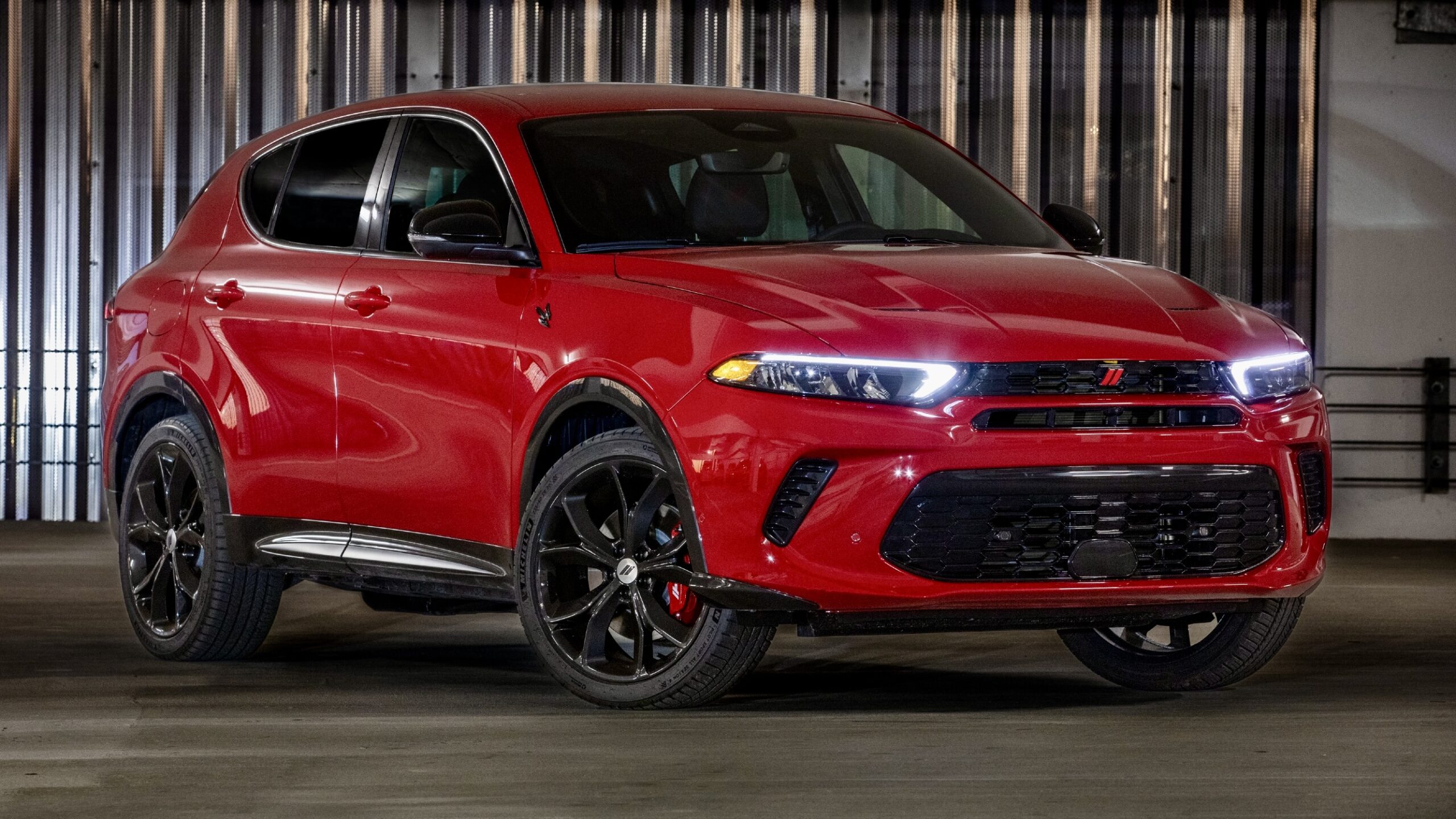
Looking ahead, Dodge faces pivotal decisions regarding its product lineup. The Hornet, positioned as the smallest offering in Dodge’s portfolio, has struggled to resonate with consumers due to pricing discrepancies and a perceived misalignment with the brand’s identity. However, unlike its predecessors, the Hornet struggles to assert its identity in the compact segment and lacks the value proposition synonymous with Dodge.
Despite boasting an impressive 2.0-liter Hurricane4 I4 engine delivering 268 horsepower, the Hornet falls short of capturing the commanding presence and spirited performance that define Dodge’s heritage due to its cost. With a starting MSRP of $32,995 (including destination), the 2024 Dodge Hornet GT AWD’s pricing disparity, compared to the more affordable current 2024 Jeep® Compass Sport 4×4 starting at $27,495 (including destination), undermines its appeal to budget-conscious consumers seeking both performance and affordability.
Strategic adjustments are imperative to reinvigorate and align Hornet with Dodge’s performance legacy. Dodge must realign the Hornet’s pricing to enhance its competitiveness in the market while exploring opportunities to streamline production and reduce costs. Dodge can capitalize on economies of scale and enhance efficiency by relocating production to North America alongside the next-gen Compass at Brampton, Ontario.
The Future of the Durango and Expanding the Lineup –
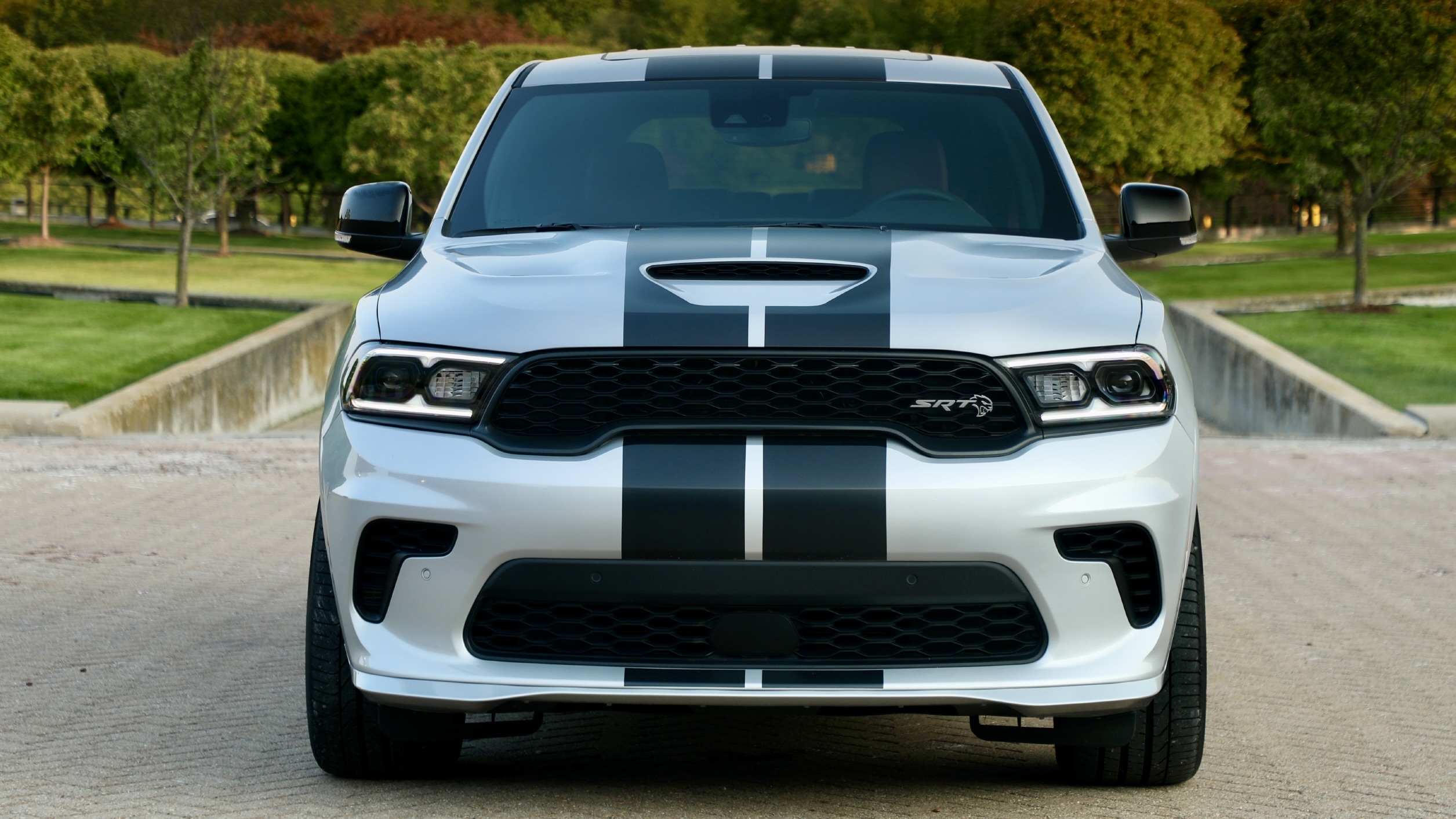
The Dodge Durango, cherished for its performance prowess and ample interior space, is entering a new chapter of evolution. In 2025, to align with more efficient SUVs and address growing environmental regulations, Durango will bid farewell to its iconic HEMI V8 engine.
Despite the impending discontinuation of the Durango’s HEMI V8 variant, Dodge remains committed to innovation and adaptation. The forthcoming 2026 Durango, slated to offer both ICE and BEV powertrains, underscores Dodge’s commitment to embracing emerging trends while staying true to its heritage. With production slated to continue in Detroit, Dodge has an opportunity to leverage Durango’s global appeal to expand its presence on the international stage.
More Product, Maybe Resurrecting A Compact Sedan –
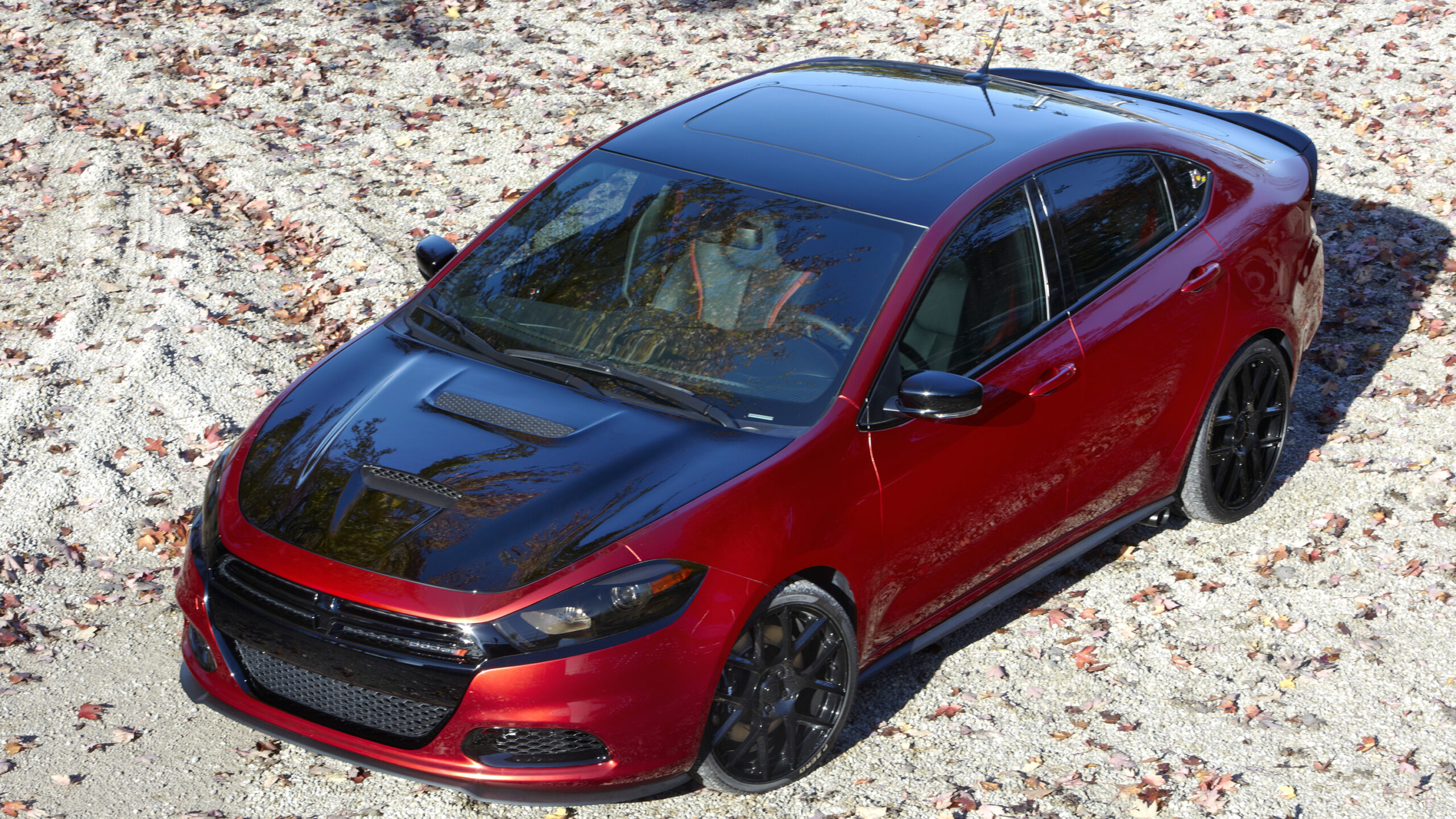
Dodge’s lineup lacks a crucial component: a compact sedan. This absence represents a missed opportunity for the brand to cater to budget-conscious consumers who prioritize affordability and reliability. To fill this gap, Dodge must develop a compact sedan that embodies its core values of performance and attitude while prioritizing affordability and reliability over technology-driven features.
Dodge’s previous attempt in the compact sedan segment, the Dart, fell short of expectations due to inconsistent build quality and a failure to resonate with consumers seeking dependable transportation. Learning from this, Dodge needs to focus on delivering a well-built, no-frills vehicle that meets the needs of budget-conscious buyers. Dodge can establish itself as a competitive player in the compact sedan market by emphasizing affordability and reliability.
For context, the Dart’s sales numbers, fluctuating between 83,000 and 88,000 units in its first full three years, are very similar to the Charger’s sales figures over the past few years. Despite this disparity, Dodge can leverage its expertise in delivering high-performance vehicles to redefine the compact sedan segment. By offering an affordable yet engaging driving experience akin to its Charger counterpart, Dodge has the potential to capture the imaginations of a new generation of enthusiasts.
Learning from past missteps, Dodge must prioritize affordability and reliability in its compact sedan offering. By delivering a well-built vehicle focused on performance, Dodge can carve out a niche in a segment where practicality and excitement intersect. This approach expands Dodge’s reach and reaffirms its commitment to offering accessible performance to a broader audience.
What Management Needs To Do –
As Stellantis and Dodge’s new CEO, Matt McAlear, chart a course for the brand’s future, it’s imperative to embrace innovation while staying true to Dodge’s core values. This means seizing opportunities in emerging markets, refining existing offerings, and introducing new models that resonate with today’s consumers. Dodge must prioritize affordability, reliability, and performance, ensuring that every vehicle reflects the brand’s legacy of power and attitude.


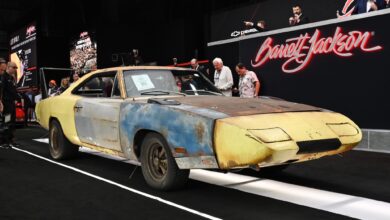
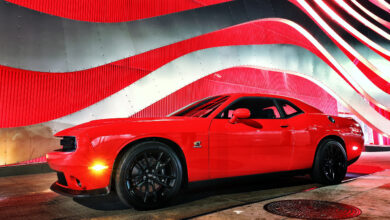

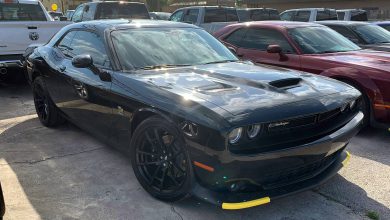
7 replies
Loading new replies...
Join the full discussion at the Mopar Insiders Forum →